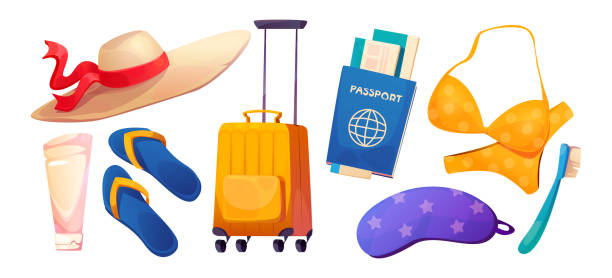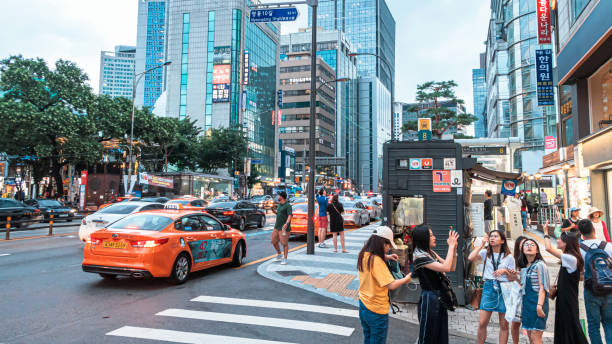For backpackers and frequent flyers, travel means freedom. Yet, when sleep apnea is part of the equation, it also means preparation. The truth is, with a little planning and the right CPAP machine, you don’t have to sacrifice a good night’s sleep for a great adventure. Once you’ve got the hang of travelling with your device, it’s just another part of the journey—as normal as packing your passport or charging your phone.
Contents
- 1 The Travel Reality of Sleep Apnea
- 2 Choosing the Right CPAP Machine for Travel
- 3 Flying With a CPAP Machine: Know the Rules Before You Board
- 4 Backpacking With a CPAP: Power, Portability, and Practicality
- 5 CPAP Machine Maintenance While Travelling
- 6 Handling Time Zone Shifts and Jet Lag
- 7 Why You Shouldn’t Skip Your CPAP on Holiday
- 8 Final Thoughts: Rest Easy, Wander Far
The Travel Reality of Sleep Apnea
Travelling is rarely gentle on the body. New beds, shifting time zones, unfamiliar sounds, even the excitement itself can throw off your sleep rhythm. For someone with sleep apnea, that disruption hits harder. You might drift off, only to wake up feeling like you barely slept at all.
That tiredness can affect your mood, focus, and energy. You know that heavy-eyed feeling after a red-eye flight? Multiply that by two if you skip your CPAP.
Choosing the Right CPAP Machine for Travel
Modern CPAP machines, such as the Airmini Travel CPAP, are no longer clunky bedside bricks. They’ve evolved into sleek, lightweight companions built with travel in mind. Many fit easily into carry-ons and run quietly enough to avoid disturbing cabin neighbours or hostel bunkmates.
Travel CPAPs also tend to sip power rather than gulp it. They’re designed to adjust automatically to altitude and pressure changes, making them ideal for frequent flyers who might go from sea level to high altitude within hours. Some even include optional humidifiers that won’t weigh you down. Before packing, it helps to remember a few essentials:
- Look for automatic pressure adjustment and humidifier compatibility. These features adapt to changing environments without fuss.
- Check airline approval before booking a flight. Some planes require prior notice for medical device use.
- Consider investing in a universal power adapter. It’s a lifesaver in countries with unfamiliar plug types.
Flying With a CPAP Machine: Know the Rules Before You Board
Airlines classify CPAPs as medical devices, so they’re exempt from your regular baggage limits. Keep your machine in your carry-on, as checked luggage is a risky gamble. Baggage handlers aren’t exactly gentle, and lost luggage happens more often than anyone likes to admit.
If you’re on a long-haul flight, ask ahead about in-seat power. Some airlines can even accommodate CPAP use mid-flight, though not all do. A quick check with the carrier before you fly can save you a lot of mid-air frustration. If overnight flights are your thing, knowing how to plug in your machine can turn a restless flight into a proper rest.
Backpacking With a CPAP: Power, Portability, and Practicality
Whether you’re camping under the stars or sleeping in a noisy hostel, there are plenty of ways to keep your therapy running smoothly. Portable batteries, solar chargers, and even car adapters can keep your machine powered up wherever you roam. Waterless humidifiers are another clever innovation, as they’re perfect for spots where the tap water isn’t reliable.
When you’re trekking through humid jungles or hiking up dry mountain trails, your CPAP becomes your quiet lifeline that helps you wake up refreshed and ready for another day of adventure. Here are a few practical backpacker hacks worth remembering:
- Pack spare filters and mask cushions—small items that make a big difference.
- Use a dustproof bag to protect your machine from the elements.
- Carry an extension cord, as hostel outlets are rarely where you need them.
- Always test your battery setup before setting off. It’s one less thing to worry about on the road.
CPAP Machine Maintenance While Travelling
Keeping your CPAP clean on the go can be a little tricky, especially if you’re bouncing between destinations. Not every sink or tap is ideal for cleaning, and you probably won’t have access to your full cleaning setup. But with a few smart habits, you can keep everything in good shape.
Travel-sized wipes are your best friend here. They make quick work of masks and tubing, especially after dusty travel days. Packing a small container of distilled water is also smart if you use a humidifier, and disposable filters come in handy when you can’t clean as often as you’d like.
Handling Time Zone Shifts and Jet Lag
Changing time zones is tough for anyone, but it’s especially rough when you rely on a CPAP machine. The body clock goes haywire, and suddenly bedtime feels like lunchtime. To minimise the impact, try adjusting your bedtime a few days before your trip. Once you land, stick to local time as best as you can.
Whatever you do, don’t ditch your usual routine. Even if you’re tempted to skip a night after a long flight, keeping your CPAP rhythm steady helps your body catch up faster.
Why You Shouldn’t Skip Your CPAP on Holiday
Skipping therapy for a few nights might seem harmless, but it adds up fast. Missed sessions can lead to fatigue, mood swings, and snoring that’ll test your travel companion’s patience. More importantly, you’ll feel the difference in your energy and alertness during the day.
Final Thoughts: Rest Easy, Wander Far
Travel’s about freedom, exploration, and a good dose of spontaneity. But that doesn’t mean leaving good sleep behind. With the right CPAP machine, some light preparation, and a dash of flexibility, there’s no reason to lose sleep while you roam.
Wherever your next trip takes you, pack smart and rest easy. Sleep well, explore far, and let your CPAP do what it does best, quietly keeping your adventure on track.




